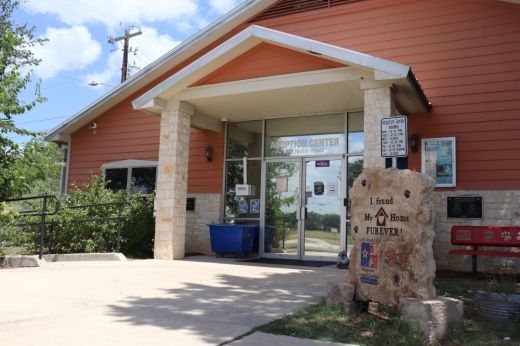Approximately 200 additional animals are being fostered but it’s not enough to decrease the mounting number of animals that have been returned to shelters as a result of the pandemic.
“Definitely compared to last year, this year is worse,” said DerryAnn Krupinsky, assistant director of neighborhood enhancements, of animals being returned to the shelter. “The complications this year is that all the shelters are full, the rescues and their fosters are full.”
As a whole, the San Marcos Regional Animal Shelter took in fewer homeless and returned animals in 2020 compared to 2019 at 292 a month on average. The shelter averaged 320 animal intakes a month in 2019 and 332 per month so far this year, which does point at an upward trend.
However, for a three-month period, animal surrenders this year are up five times compared to 2020 and almost double that of 2019.
Krupinsky noted that one of the biggest issues the shelter faced was the lack of spay and neutering done on animals in the community, which has resulted in unmanageable litters for owners.
“In general, countywide we fell behind last year, and we’re seeing the results of that,” Krupinsky said. “We need people to spay and neuter their pets and there are some organizations and resources that can help us.”
Pet Prevent a Litter of Central Texas, a local nonprofit that services Hays County, is doing what they can to alleviate some of the pressure on local animal shelters and bridge the gap of fixed animals.
“We do low-cost spay and neuter, and [for] free, if you qualify with vouchers,” said PALS Clinic Director Lauren Foye. “We have since January done about 825 animals—cats and dogs—for Hays County residents.”
In addition to providing spay and neuter services, PALS also hosts monthly food pantries and low-cost vaccine and microchip clinics to provide food and services to divert pets being returned to shelters.
“Our unique program is helping owners who already have a pet, maintain and keep their pets in their home so they don’t end up homeless,” Foye said. “That’s our main goal, is trying to support the community, and keeping their animals so they don’t end up in the shelter, and keeping the population low.”






